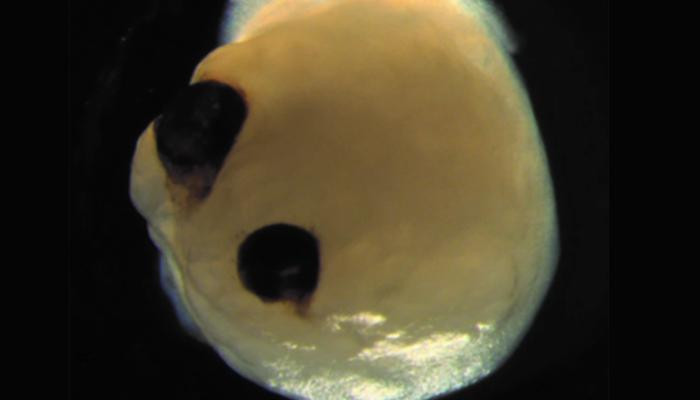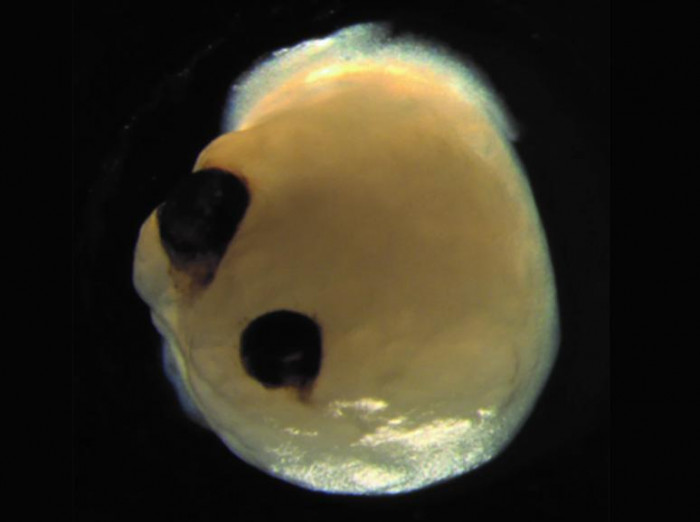Lab-grown mini brains develop basic eyes that can "see"
 Researchers have made a striking breakthrough in lab-grown mini organs. Using induced pluripotent stem cells (iPSCs), the team induced brain organoids to develop rudimentary eye structures that can sense light and send signals to the rest of the brain. The human brain is one of the most ridiculously complex things nature has ever concocted, so to help us understand it better, scientists have been making miniature versions in the lab. Skin cells are taken from adult donors, reverted back into stem cells, and placed into a culture that mimics the environment of a developing brain, encouraging them to form different brain cells. The end result is a pea-sized, three-dimensional brain model that can be used to study development, disease or the effects of drugs. The human brain is one of the most ridiculously complex things nature has ever concocted, so to help us understand it better, scientists have been making miniature versions in the lab. Skin cells are taken from adult donors, reverted back into stem cells, and placed into a culture that mimics the environment of a developing brain, encouraging them to form different brain cells. The end result is a pea-sized, three-dimensional brain model that can be used to study development, disease or the effects of drugs.  |

Japan Unveils Human Washing Machine, Now You Can Get Washed Like Laundry (video)
114901.12.2025, 20:45
Chinese humanoid robot sets Guinness World Record with 106-km inter-city walk (video)
81524.11.2025, 16:30
Musk։ Optimus will be able to eliminate poverty and provide everyone with a universal high income (video)
81523.11.2025, 12:45
AGMI researchers expose the hidden role of female perpetrators in the Armenian Genocide (photo)
80013.11.2025, 21:15
LVM3-M5 mission successfully launches CMS-03 satellite (video)
111502.11.2025, 21:17
Google разработала квантовый алгоритм, работающий в 13 тыс. раз быстрее алгоритма суперкомпьютеров
147622.10.2025, 23:44
